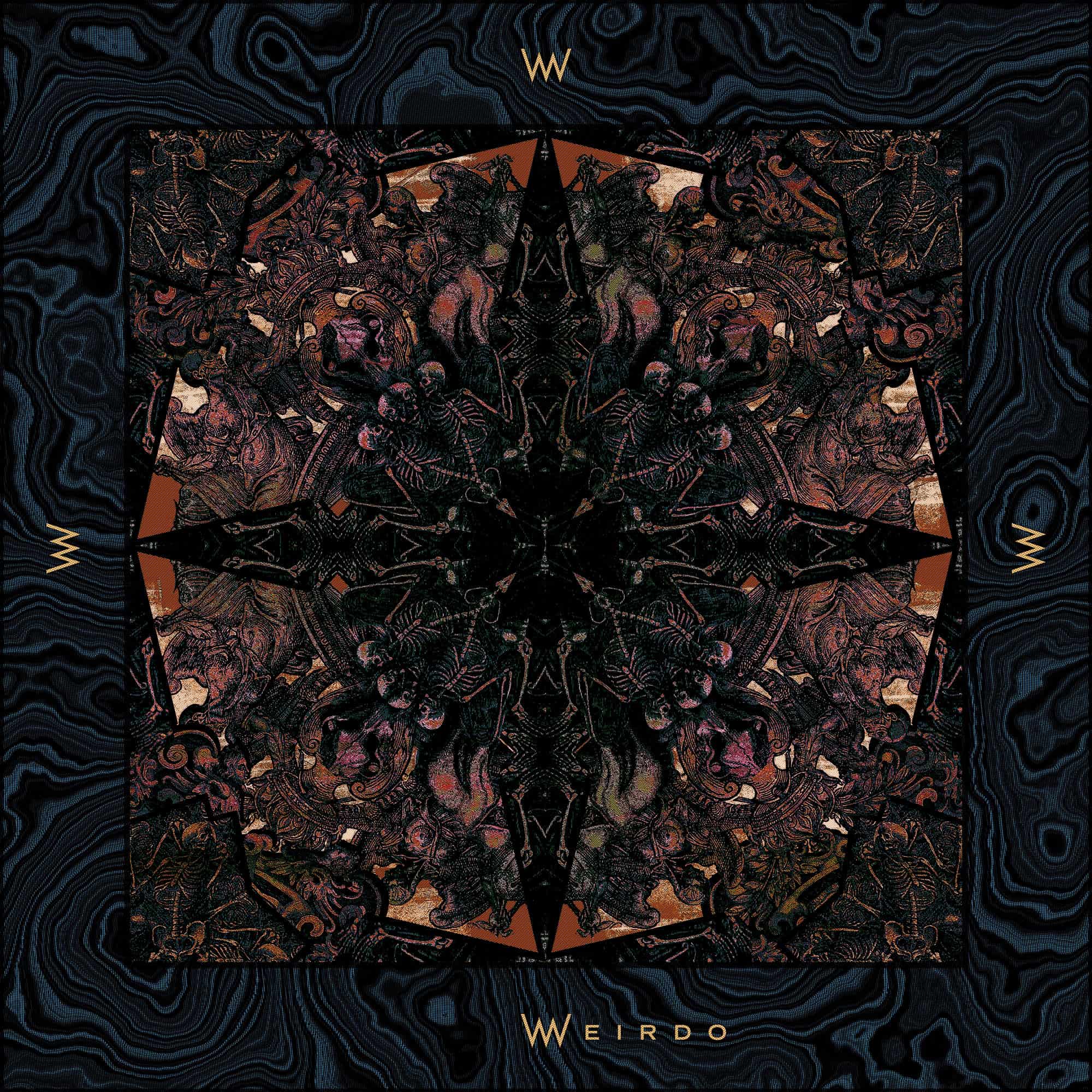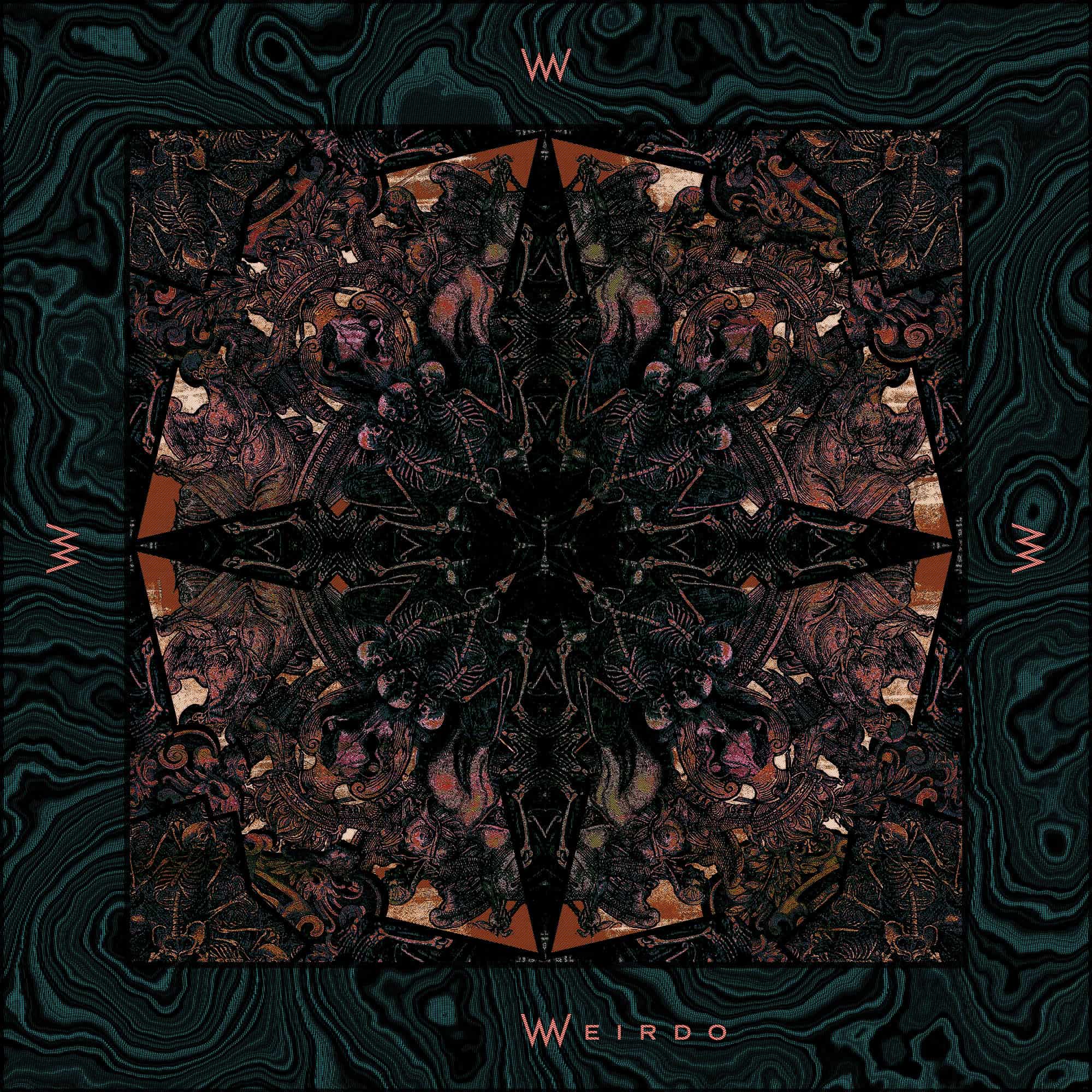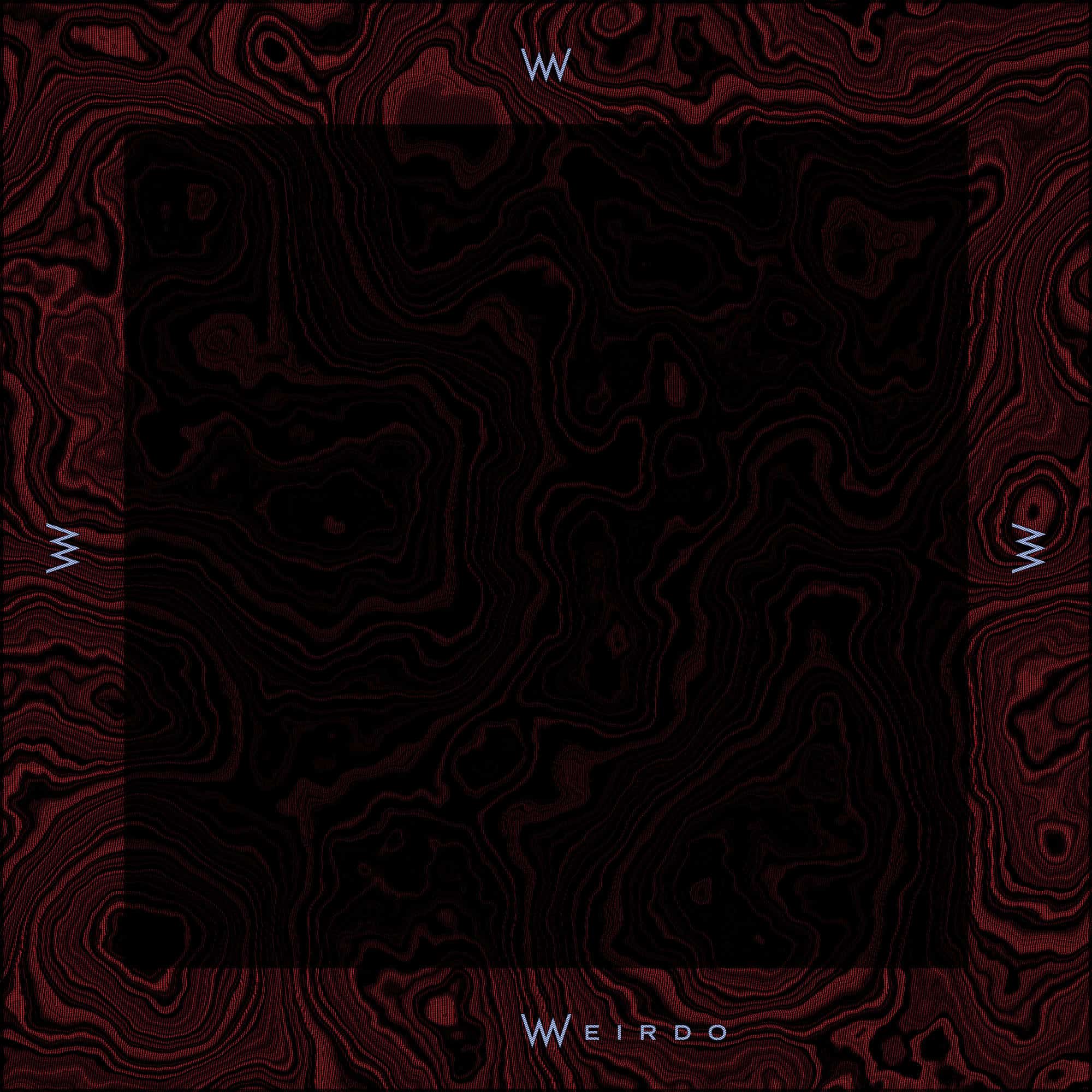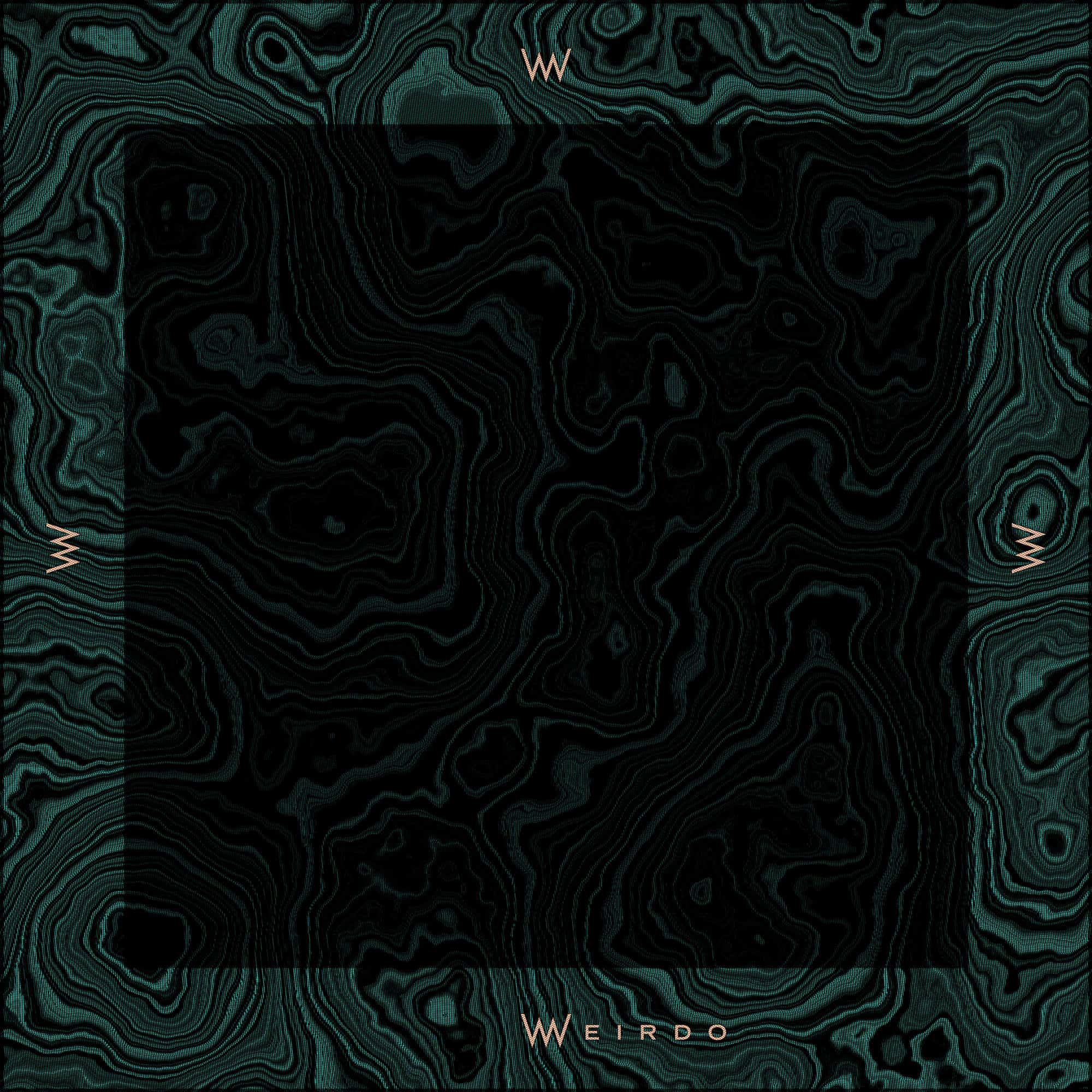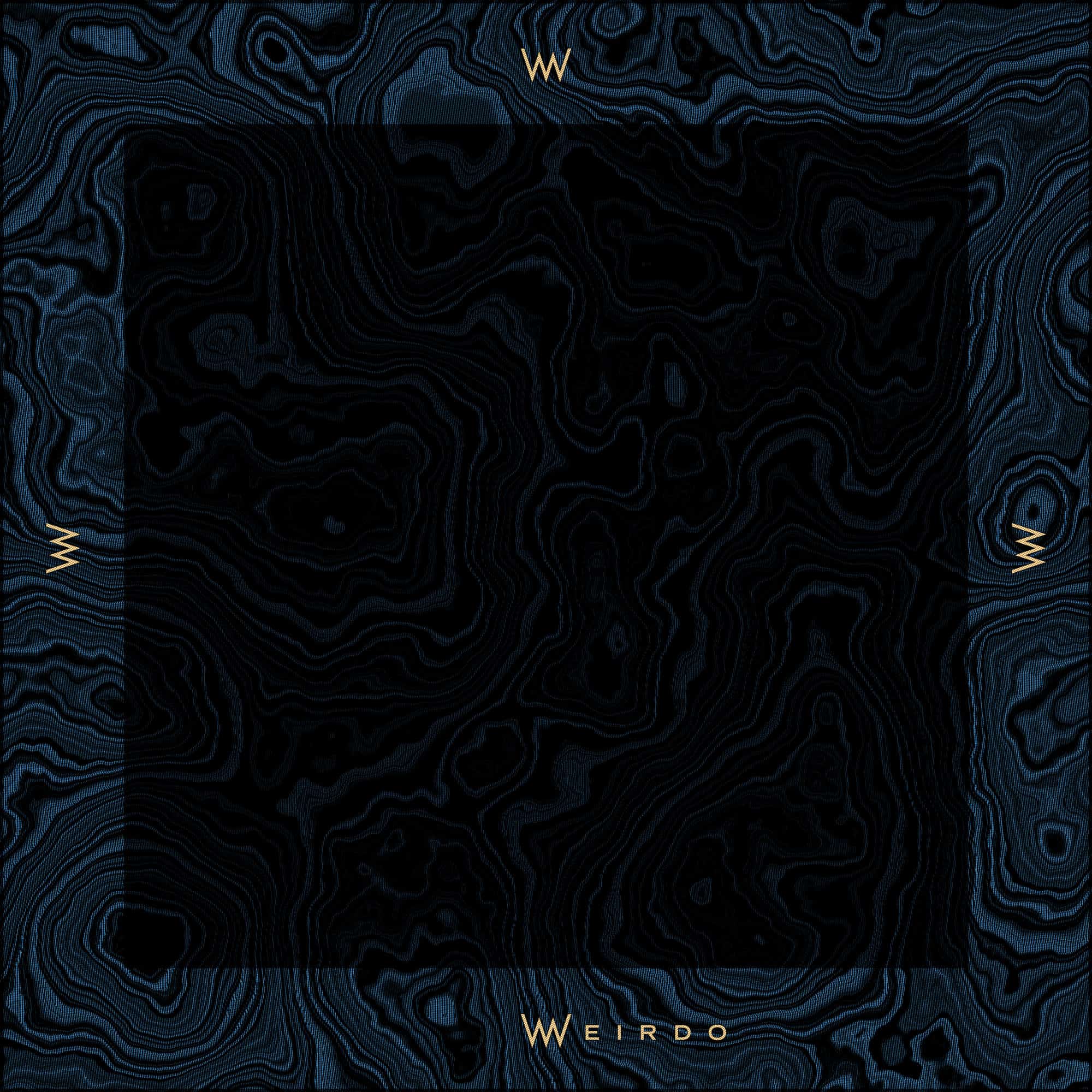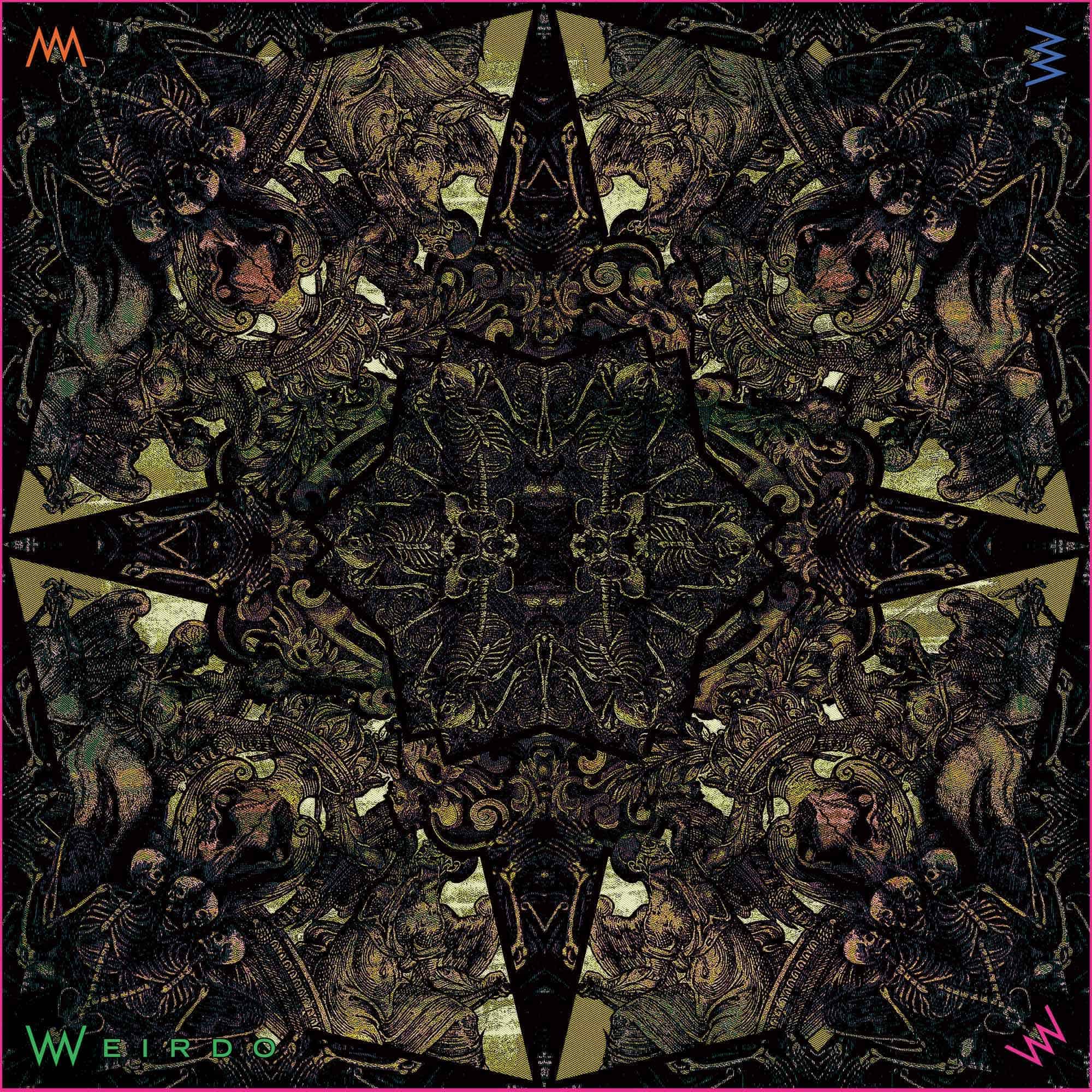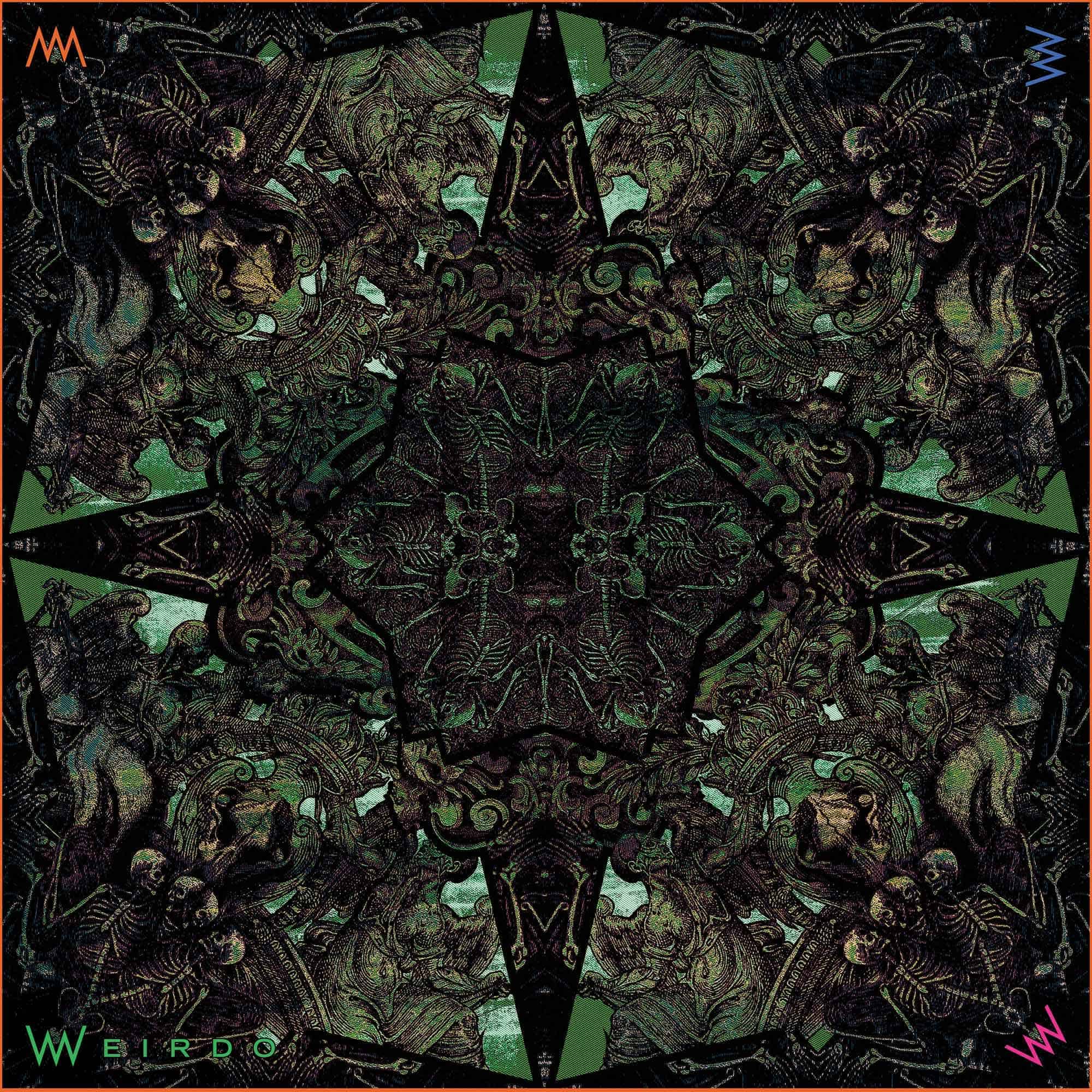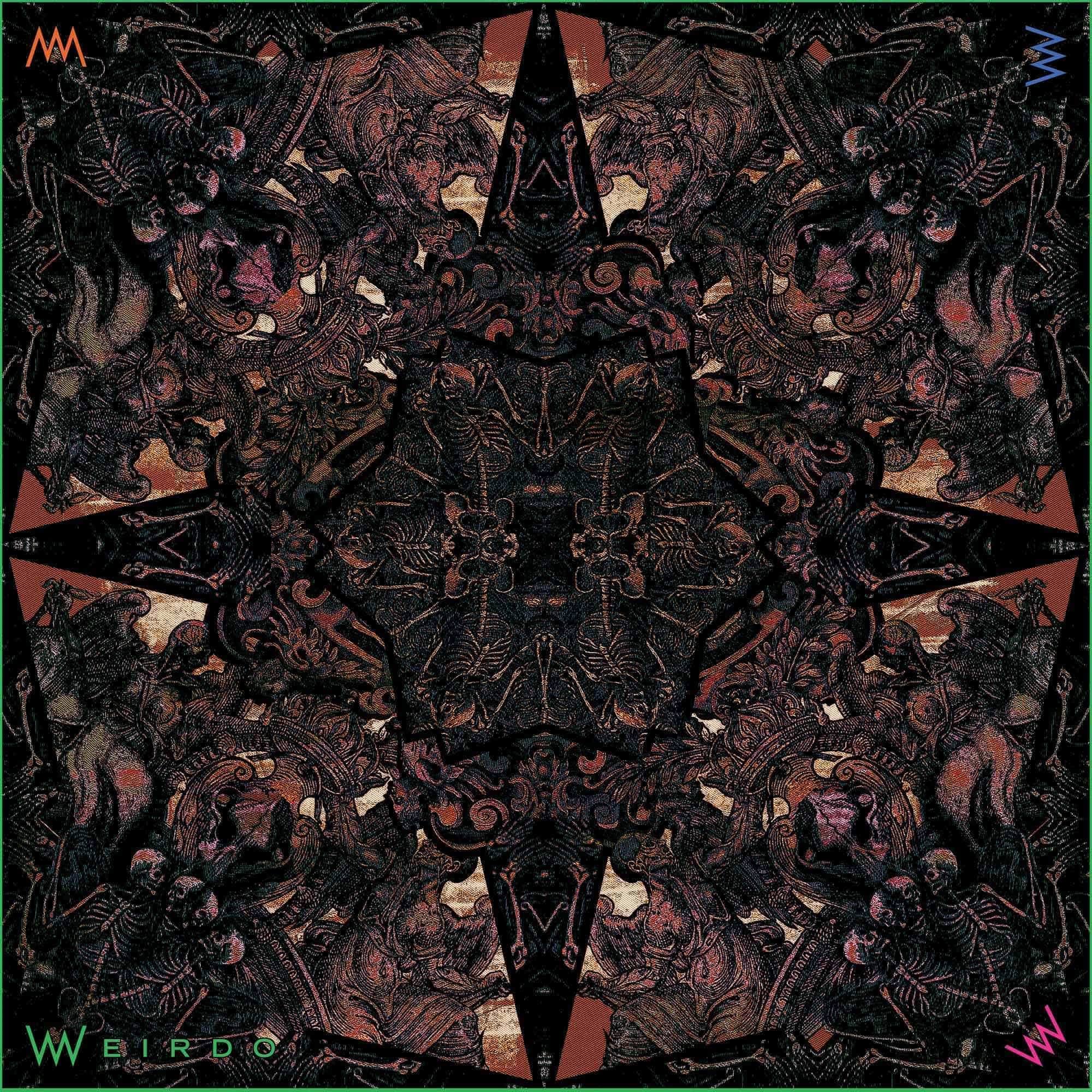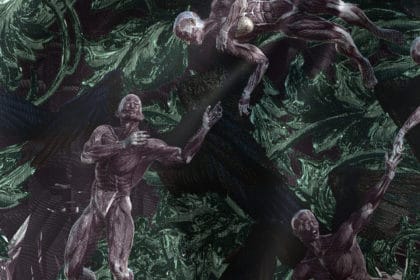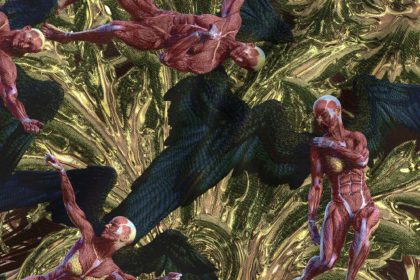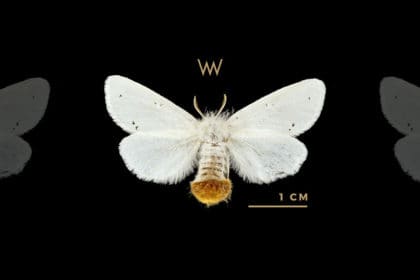Stella is an artifact dedicated to the moment of conceiving of Baroque. Through the exploration of the Vanitas genre, we desire to express the dark attributes of the style - skulls, and skeletons.
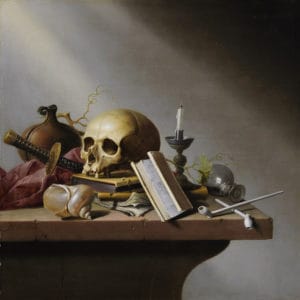
‘Vanitas’, Harmen Steenwijck
VANITAS
A vanitas is a symbolic work of art showing the transience of life, the futility of pleasure, and the certainty of death, often contrasting symbols of wealth and symbols of ephemerality and death. Best-known are vanitas still lifes, a common genre in the Netherlandish art of the 16th and 17th centuries; they have also been created at other times and in other media and genres.
The Latin word vanitas (from the Latin adjective vanus 'empty') means 'emptiness', 'futility', or 'worthlessness'. The traditional Christian view was meant that earthly goods and pursuits are transient and worthless. It alludes to Ecclesiastes 1:2; 12:8, where vanitas translates the Hebrew word hevel, which also includes the concept of transitoriness.
Stella Scarf, Anatomical Angel, Detail
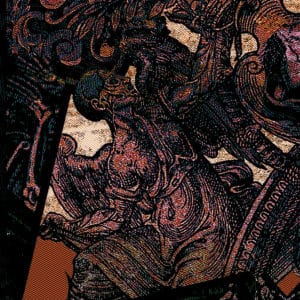
Vanitas themes were common in the medieval funerary art, with most surviving examples in sculpture. By the 15th century, these could be extremely morbid and explicit, reflecting an increased obsession with death and decay also seen in the Ars Moriendi, the Danse Macabre, and the overlapping motif of the Memento mori. From the Renaissance, such motifs gradually became more indirect and, as the still-life genre became popular, found there a permanent home till nowadays. Paintings executed in the vanitas style were supposed to remind viewers of the futility of pleasure, transience of life, and inevitability of death. They also provided a moral justification for painting attractive objects.
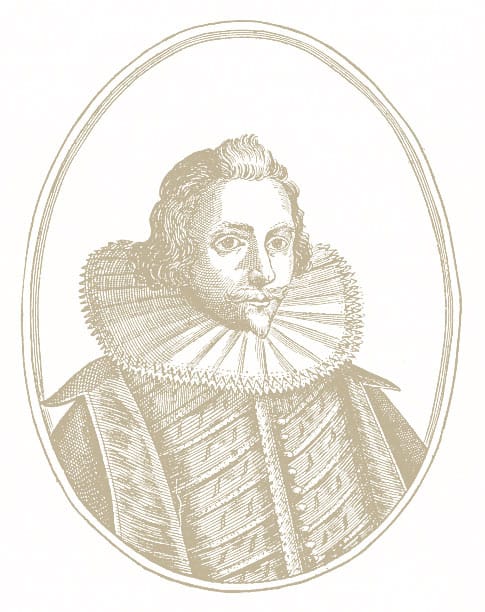
Sir Philip Sidney
STELLA
In 16th-century poet, Sir Philip Sidney used this name for the subject of his collection of sonnets 'Astrophel and Stella'. As a given name it was rarely used until the 19th century. One Latin term for the Virgin Mary is "Stella Maris" meaning "star of the sea." The Spanish Estella, and thus the English and French Estelle, also derive from "stella" which is Latin for "star."
St. Jerome was doing a bit of translating (as he was oft to do) and translated Mary’s Hebrew name Miryam, which means drop of the sea, in the Latin Stilla Maris. Either due to a peasant dialect or a transcription error, Stilla became Stella and Mary went from a drop in the ocean to the star of the sea.
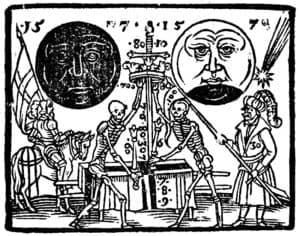
Theodorus Maius: Kurtzer bericht von dem Strobelstern Oder Cometen Magdeburg, (1607).
But it's good news. Stella is also a comet! Comets, before astronomers, such as Edmund Halley, increased our understanding of them, were held in awe and often viewed as bad omens. They have been blamed for events such as earthquakes, outbreaks of plague, wars and other disasters. This destructive influence can perhaps explain why skeletons are depicted in this cometary tract from 1607. The original woodcut illustration from the title page of the tract (or booklet) is much smaller than the reproduced image here.
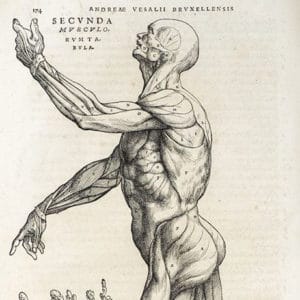
Cover of 'De humani corporis fabrica' by Vesalius, the man who revolutionized our knowledge of the human body
ANATOMICAL ANGELS
Dance Macabre. The play of imagery and meanings encapsulated into complex geometry. The main characters, anatomical angels are inspired by anatomical books of late renaissance. Anatomical angels personify the outrages of war and, at the same time, the spirit aspiring to light and peace. Skulls, fractured bodies, and bones are inscribed into the intricate ornaments to reflect the specific Baroque view of the horrors of war. Remember, Barocco was conceived during the war.
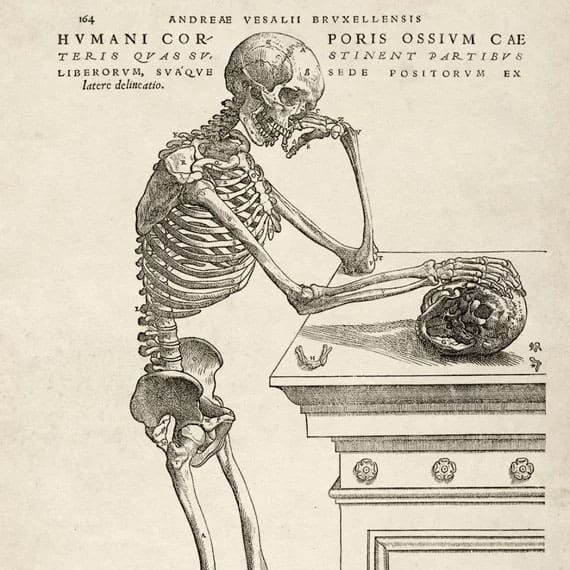
Annibale Carracci, Man with Monkey, London, British Museum
Jacob Vosmaer, Still-life; ©The Metropolitan Museum
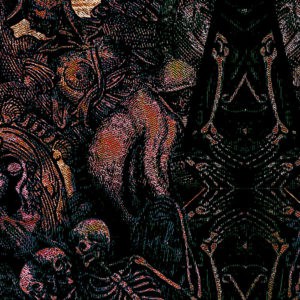
Stella Scarf, Monkey, Detail
MONKEYS
Fortunately, we produce that scarf nowadays. Not in the Middle Age when monkeys were reputed as malignant, shameless and greedy creatures and symbolized dark, demonic powers.
In Christian iconography, monkey represents basic instincts and can even represent the devil.
However 17th-century monkey represents more vital powers, that's why it was associated with sin. Because to fight sin equals to fight vitality at that time. And vitality is sinful. But also monkey is so succeeded to represent sin - because of their exotic appearance. Owning a monkey was a luxury for only rich people. But monkeys were still loved because of their charm. And they symbolized artistic talents (which also was sin) and mastership of imitation. That's why it was popular genre - monkey imitating people, ‘aping’ human activity.
Valverde de Amusco, Juan, Anatomia del corpo humano
The Soul of Renaissance hits fate with a knife and a smile, horizons are hidden by the dark scarlet Florentine cloth of hot and thick blood color. The dagger-soul needs decent setting, the flesh is no longer a jail: naked goddesses, naked ballet dancers, races of naked athletes on plazas. The flesh loves, kills, roars with laughter in the cities boiling with carnivals and rebellions, it overcomes the plague. Intoxicated by Syracuse wine, having experienced all the joys and misfortunes, the Soul of Renaissance grins: "And do not put your hope in tomorrow".
- Felix Maximov "Perola Barroca"

